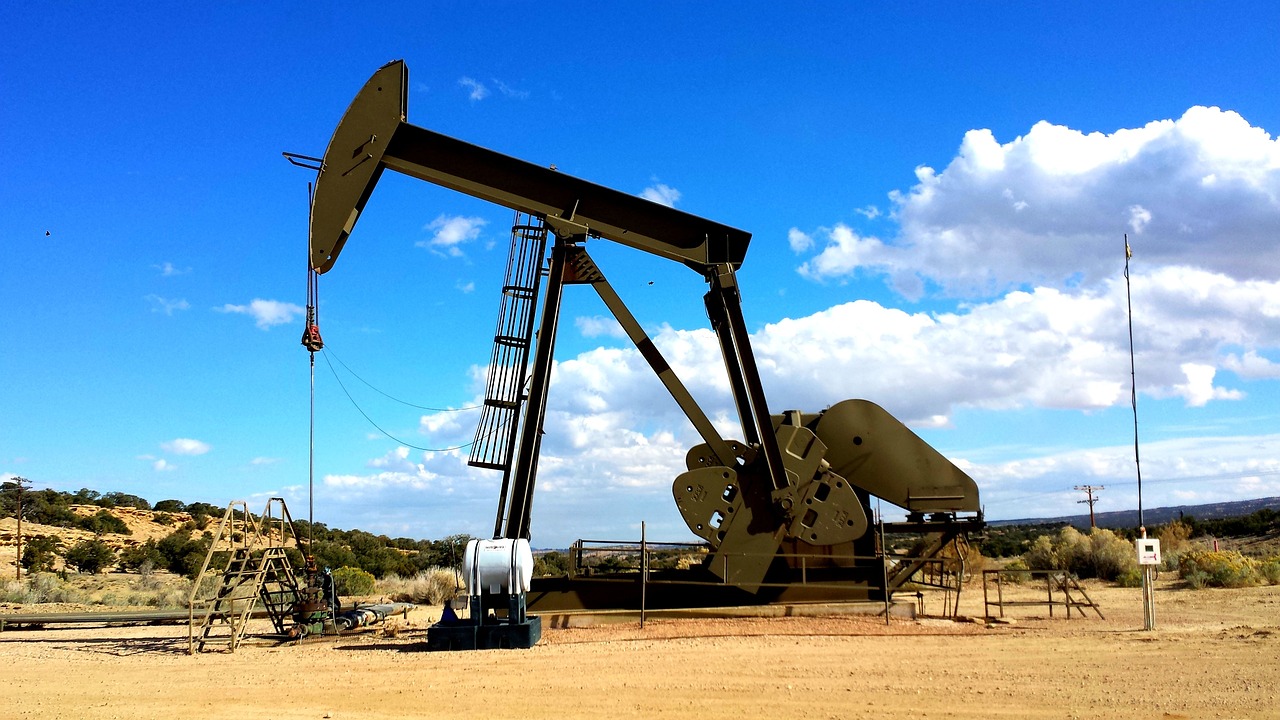(Bloomberg Businessweek) —
Staci Taruscio spent more than a decade scouting and drilling oil wells, first as an engineer for others and then as head of her own company. Like most in the business, Taruscio spent scant time or effort following up on the fate of wells she once owned—hundreds of sites spread across the Great Plains.
In perhaps 15 cases, she says, her company had sealed them with cement, but for all she knew, the others were spewing toxic gases. “When we look back at the way we treated some wells that we probably should have plugged, it’s a source of a little bit of shame, honestly,” she says.
Today, Taruscio is trying to undo some of the environmental damage—and make money while doing it. Two years ago she added the word “Solutions” to her company name—it’s now Rebellion Energy Solutions LLC—and shifted the focus from drilling and managing new wells to plugging abandoned ones.
The US has some 3.7 million derelict oil and gas wells, the Environmental Protection Agency estimates, located everywhere from tony Los Angeles suburbs to Pennsylvania trailer parks, and more are left behind every day. Many leak huge volumes of methane, which has a far greater planet-warming impact than carbon dioxide, equivalent by some estimates to the emissions from more than 1.8 million cars.
Rebellion is one of a handful of companies that have popped up in the past two years aiming to locate abandoned wells, calculate how much they’re leaking and cap them to keep the gases deep underground. If all goes to plan, they’ll sell their work as so-called carbon credits to buyers seeking to voluntarily offset their own emissions.
Federal and state regulations typically require oil and gas companies to plug wells after production stops, but that frequently doesn’t happen. Wells are most productive and profitable in their early years, then as output starts to decline they’re usually sold and resold to smaller and smaller companies. By the time they’re abandoned, they’re often owned by tiny outfits that don’t have the means to plug them or no longer exist—and there’s little enforcement of the rules anyway. Fewer than half of all disused wells in the US have been properly sealed, the EPA estimates.
Rebellion, with a staff of seven—a quarter of the workforce it had in its drilling days—pores over state and company records to locate old wells, then dispatches a team with special cameras and laser-based equipment to measure their emissions. Given that the work is more valuable on leakier wells, it focuses on the most polluting sites—the equivalent of more than 2,000 metric tons of carbon dioxide per day.
For those it deems worth the trouble, Rebellion hires a contractor to pour tons of cement into the hole, then brings in others to decontaminate the land, replace vegetation and aerate the soil. Finally, it checks the site several times in the following months to ensure that the methane flow has really stopped. Total cost: $20,000 to $150,000 per well.
Once a project is verified by environmental auditing companies and the nonprofit American Carbon Registry, the credits can be sold. After testing almost 2,000 wells since January, Rebellion has sealed just a half-dozen, though Taruscio says her team may return to some of the others, depending on how much she gets for credits from the ones already plugged when they hit the market this fall.
The Bipartisan Infrastructure Law passed by Congress in 2021 earmarks $4.7 billion for plugging wells, but that will just scratch the surface of the problem. Until that money was allocated, states typically led the cleanup, sometimes in cooperation with the Well Done Foundation, a nonprofit founded in 2019 in Bozeman, Montana.
When Crescent Midstream, a pipeline operator in Louisiana and the Gulf of Mexico, decided to purchase carbon credits to offset its emissions, it looked into tree planting. But the company soon decided plugging wells was a better fit, and this spring it bought a year’s worth of Well Done’s credits for an undisclosed price. “There are tons of abandoned wells out there,” says Richard Stewart, Crescent’s vice president for carbon neutrality. “They’re in Louisiana, which is where our operations are, and it’s very impactful. This just made complete sense.”
Not everyone is convinced emissions credits are the best solution for addressing the problem. It’s tough to model how much a well would leak if it were left untouched, and other resources might be available to plug it, says Michael Gillenwater, co-founder of the Greenhouse Gas Management Institute, a carbon-accounting nonprofit. “Any and all ways of avoiding greenhouse gas emissions need to be on the table,” he says. “But that doesn’t mean an offset-crediting type of mechanism is the appropriate way to achieve that.”
Last fall, Bloomberg Green analyzed more than 200,000 offset transactions over the past decade and discovered that dozens of big-name corporations had paid for low-quality schemes that experts consider to be useless. On June 29, US regulators upped their plans to fight fraud and manipulation in the broader market for carbon offsets.
Adam Peltz, an attorney at the Environmental Defense Fund, says he has “mixed feelings” about carbon credits for filling derelict wells, which should have an owner somewhere who could be forced to pay. “There’s been a rush into this without a lot of perspective, because people are smelling money,” he says. But abandoned wells have been an issue for a long time, so he says offering credits for sealing them deserves serious consideration. “I have been working for years and years and years to get orphan wells plugged, and carbon finance is a potential source of funding to do that,” Peltz says.
Taruscio understands the criticism, but she’s hoping her model of moving slowly and getting third-party verification will persuade the doubters. While she says some “Wild West” characters sully the field, Rebellion’s credits will do exactly what they promise: stop a measured quantity of methane from entering the atmosphere. “It’s not waiting years for a forestry project or something,” she says. “We stopped the leak. There were emissions; now there’s not.”
(Adds estimate of the number of properly sealed wells in sixth paragraph.)
To contact the author of this story:
Mitchell Ferman in Houston at mferman13@bloomberg.net
© 2023 Bloomberg L.P.





